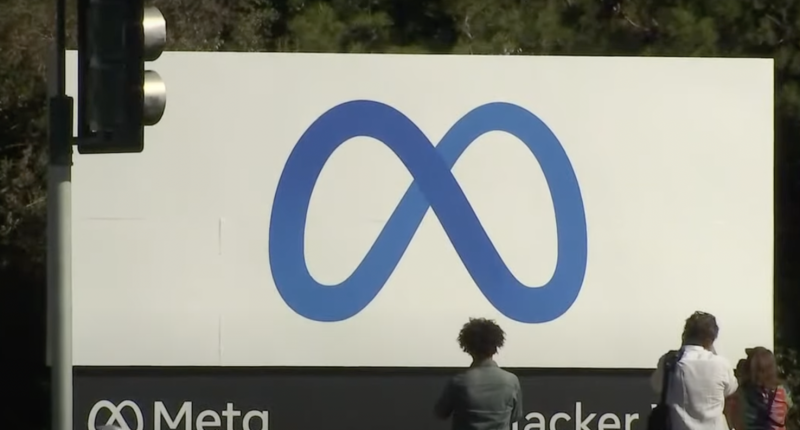Meta is rolling out a major update to Facebook’s Reels recommendation algorithm, part of a broader effort to make its short-video experience feel more personal and less random at the company’s hallmark social media platform. The company says the new system will prioritize recently uploaded videos (with users now expected to see 50% more Reels posted on the same day they are browsing) while incorporating new AI-driven discovery tools and social features intended to reconnect people with friends and communities. This means users are more likely to encounter videos aligned with their interests and see activity from their friends more prominently.
The changes, announced Tuesday, represent a shift in Facebook’s video ecosystem, which has long trailed TikTok and Instagram in both user engagement and cultural influence. Video watch time on Facebook, however, continues to grow, rising 20% on an annual basis, according to internal data shared by the company. Jagjit Chawla, Facebook’s VP of product, said, “If you, as a user, are interested in a piece of content which happens to be AI-generated, the recommendations algorithm will determine that, over time, you are interested in this topic and content. If you are not into it, which, for lack of a better term, there is a set of users who would consider that content AI slop, and if you have given us signals that this is not for you, that algorithm will respond appropriately to make sure we don’t show you more of that.” In addition to the “Not Interested” option, the updated interface includes easier ways to save videos and organize them in personal collections. This design change, Facebook said, will help users curate their viewing experience rather than rely entirely on opaque algorithmic sorting.
Under the new system, Reels will increasingly surface content that reveals what is happening “right now.” This focus on recency mirrors a trend across social platforms, where short-form video has become a dynamic pulse of online culture — from breaking news to viral humor. Facebook is also introducing AI-powered search suggestions that will appear beneath videos, similar to the prompts featured on TikTok. These gray-colored recommendations will propose keywords or topics tied to a user’s interests and viewing history, allowing faster discovery of related content. This means that creators who publish frequently and produce time-sensitive, authentic content may benefit most, as the system favors recency and user engagement.
However, Chawla revealed that Facebook’s goal is not only to increase watch time but also to reestablish social connections. “We want Facebook to feel more like the network of people you know and less like an endless feed of strangers,” he said. To that end, the platform is introducing friend bubbles — small profile icons that appear on Reels your friends have liked. Tapping one will open a direct message window, creating a new entry point for conversation without leaving the video feed. The update also illustrates how deeply generative AI has become embedded in social media infrastructure. Chawla confirmed that AI-generated content, such as videos created with tools like OpenAI’s Sora or Midjourney, will be treated no differently from human-created material when it comes to ranking in users’ feeds.
“If someone enjoys AI-created videos, the algorithm learns that preference and will show them more,” Chawla said. “If someone signals disinterest, the system will suppress it accordingly.” He added that Facebook places particular weight on negative feedback — such as users tapping “Not Interested” — because people tend to offer fewer negative signals than positive ones, like likes or shares. The company’s decision to integrate AI content into its main recommendation engine comes as Meta accelerates its broader adoption of AI.
The Tech Portal is published by Blue Box Media Private Limited. Our investors have no influence over our reporting. Read our full Ownership and Funding Disclosure →






